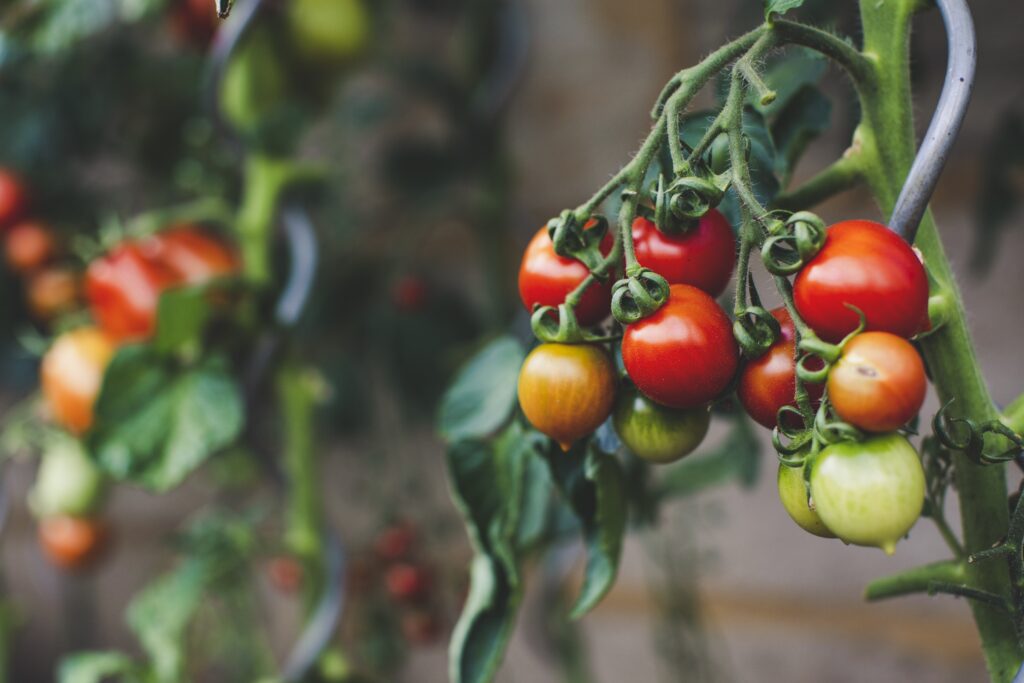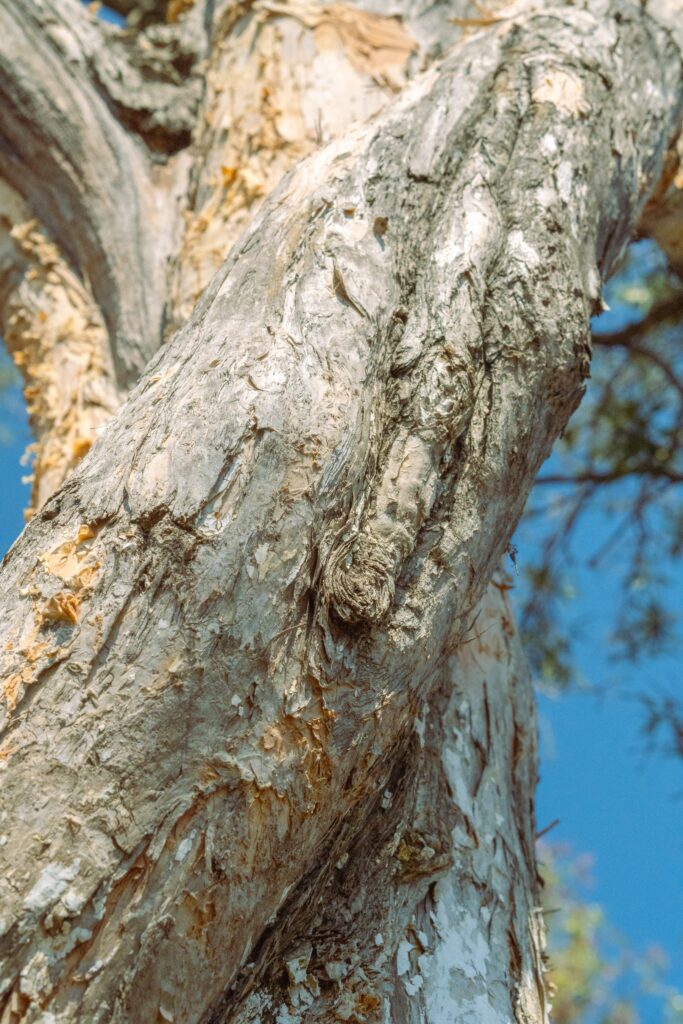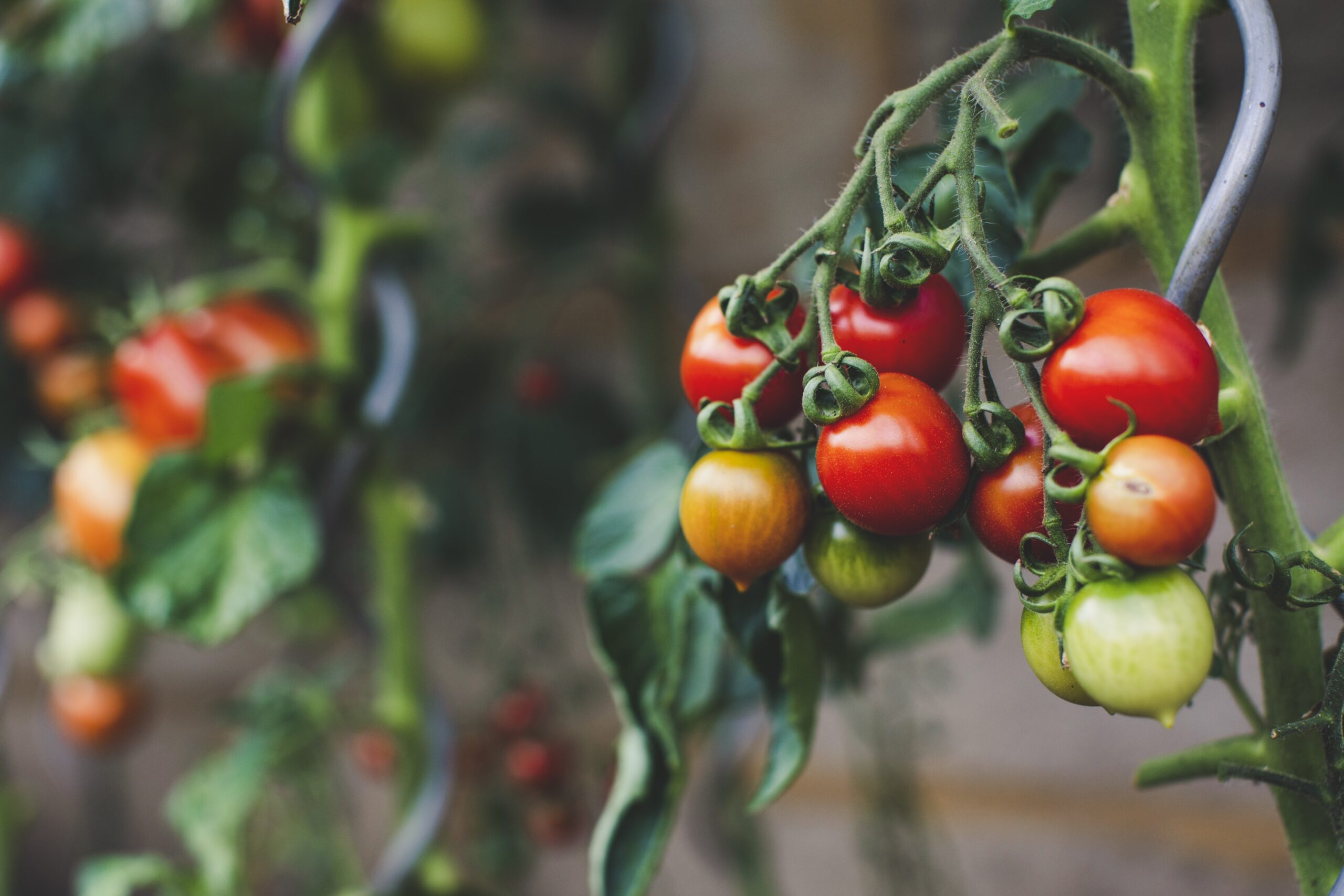In this article, we will answer the question “What Are The Dangers Of Using Chemical Pesticides?” and explore the potential risks and hazards associated with the use of chemical pesticides. From harmful effects on human health to the negative impact on the environment, we will shed light on the dangers that arise from relying on these synthetic compounds. As you continue reading, you will gain a deeper understanding of the implications of using chemical pesticides and why it is crucial to consider alternative methods for pest control.
What Are The Dangers Of Using Chemical Pesticides: Health Risks
Acute Poisoning
Chemical pesticides can pose a significant risk to human health, particularly due to the potential for acute poisoning. When individuals come into direct contact with these pesticides, either by inhaling the toxic fumes or through skin absorption, they may experience symptoms such as nausea, dizziness, vomiting, and even seizures in severe cases. This immediate toxicity can have detrimental effects on the overall well-being of individuals, especially if they are regularly exposed to high doses of these chemicals without proper protective measures.
Carcinogenic Effects
One of the greatest concerns associated with the use of chemical pesticides is their potential to cause cancer. Many commonly used pesticides contain carcinogenic compounds that have been linked to various types of cancer, including lung, liver, bladder, and breast cancer. Prolonged exposure to these substances increases the risk of developing such diseases, emphasizing the importance of minimizing the usage of chemical pesticides and considering safer alternatives whenever possible.
Reproductive Issues
Chemical pesticides can also have harmful effects on the reproductive system. Research has indicated that exposure to certain pesticides can lead to fertility problems, including reduced sperm count and impaired sperm quality in men, as well as menstrual irregularities and decreased fertility in women. In addition, some pesticides have been associated with an increased risk of birth defects and developmental disorders in children whose mothers were exposed to these chemicals during pregnancy. These reproductive issues highlight the need for caution and regulation in the use of chemical pesticides to protect the future generations’ health.
Neurological Disorders
Another concerning health risk associated with chemical pesticides is their potential to cause neurological disorders. Studies have suggested a link between pesticide exposure and conditions such as Parkinson’s disease and Alzheimer’s disease. Pesticides can penetrate the blood-brain barrier and impact the central nervous system, leading to cognitive impairments, memory loss, and motor dysfunctions. As the long-term consequences of these disorders can be devastating, it is essential to prioritize the use of safer alternatives to protect both human health and cognitive well-being.
What Are The Dangers Of Using Chemical Pesticides: Environmental Impacts
Ecosystem Disruption
The use of chemical pesticides can disrupt the delicate balance of ecosystems. These pesticides are designed to kill or repel pests, but they do not discriminate between harmful and beneficial organisms. When sprayed over large areas, chemical pesticides can inadvertently harm beneficial insects, such as bees and butterflies, disrupting pollination processes necessary for the reproduction of many plants. Additionally, the elimination of pests can disrupt natural food chains and lead to imbalances in the populations of predator and prey species.
Water Contamination
Chemical pesticides have the potential to contaminate water sources, posing a significant danger to aquatic life and human beings alike. When pesticides are sprayed or applied to crops, rainfall can wash away the excess chemicals into nearby rivers, lakes, and groundwater reservoirs. This runoff carries pesticides into water bodies, where they can accumulate and persist for extended periods. High levels of pesticides in water can harm aquatic organisms, disrupting their reproductive cycles and damaging delicate ecosystems.
Soil Degradation
Chemical pesticides can also contribute to soil degradation. Excessive pesticide use can deplete essential nutrients and organic matter in the soil, negatively impacting soil fertility and its ability to support plant growth. Furthermore, pesticides can disrupt crucial microorganisms and beneficial bacteria present in the soil, further compromising its overall health. Ultimately, this degradation can lead to decreased agricultural productivity and the need for additional chemical inputs, perpetuating a harmful cycle.
Non-target Species Harm
Chemical pesticides not only pose a risk to pests but also to non-target species. These include animals, such as birds or small mammals, that may come into contact or consume plants or insects treated with pesticides. Accidental exposure to these chemicals can lead to acute toxicity or chronic effects, depending on the dose and frequency of exposure. By harming non-target species, chemical pesticides further disrupt the delicate ecological balance, potentially leading to population declines and biodiversity loss.

Check Out Our Top Eco Friendly Product Picks On Amazon Here
What Are The Dangers Of Using Chemical Pesticides: Resistance
Development of Resistance
One of the significant concerns when using chemical pesticides is the development of resistance in target pests. Over time, pests can evolve and develop resistance to specific pesticides, rendering them ineffective. This resistance arises due to the repeated exposure of pests to the same type of pesticide, enabling those individuals with natural genetic variations that confer resistance to survive and reproduce. As a result, the effectiveness of these pesticides decreases, requiring the use of higher doses or more potent chemicals to achieve the desired pest control, ultimately leading to a vicious cycle.
Reduced Effectiveness
The development of pesticide resistance can have severe consequences for pest control efforts. As pests become resistant to commonly used pesticides, their populations can rapidly increase, causing even greater damage to crops and increasing the economic burden on farmers. Moreover, the reduced effectiveness of pesticides can lead to increased instances of crop failure, food shortages, and decreased overall agricultural productivity. This highlights the importance of implementing sustainable pest management strategies that limit the reliance on chemical pesticides and incorporate alternative methods.
Increase in Pesticide Use
To combat the issue of pesticide resistance, farmers often resort to using higher quantities or more potent chemical pesticides. This increase in pesticide use not only exacerbates the environmental and health risks associated with these chemicals but also contributes to the development of further resistance in pests. Additionally, excessive pesticide use can lead to the contamination of water sources, soil degradation, and non-target species harm. It is crucial to break this cycle of increasing pesticide use and focus on sustainable practices that enhance pest control without relying solely on chemicals.
What Are The Dangers Of Using Chemical Pesticides: Air Pollution
Volatilization
When chemical pesticides are applied to fields, they can volatilize, meaning that they can evaporate and form toxic fumes in the air. These fumes can be easily inhaled by farmers, farmworkers, and nearby residents, potentially causing respiratory issues and other adverse health effects. Volatilization can also lead to the deposition of pesticides in areas far away from the original application site, affecting communities and ecosystems that are not directly involved in agriculture. Proper safety measures and precise application techniques can help minimize the volatilization of pesticides and reduce the associated air pollution.
Drift
Another significant concern regarding pesticide use is drift. As pesticides are sprayed or applied, wind or other environmental factors can cause them to drift away from the intended target area. This drift can carry pesticides to neighboring fields, residential areas, or natural habitats, where they can have unintended and adverse effects on non-target organisms. To minimize drift and its potential consequences, it is crucial to adhere to appropriate application techniques, consider wind conditions, and implement buffer zones to protect adjacent areas from pesticide exposure.
Vaporization
Certain chemical pesticides have the potential to vaporize from treated surfaces, releasing volatile compounds into the air. These vapors can persist in the atmosphere and be transported long distances, resulting in widespread air pollution. Inhaling these vapors can cause respiratory irritation and other health problems in both humans and animals. Furthermore, the deposition of pesticide vapor can contribute to the contamination of water bodies and soil, further exacerbating the environmental impacts of these chemicals. Preventative measures and the use of alternative pest control methods can help reduce the release of pesticide vapors and minimize air pollution.

What Are The Dangers Of Using Chemical Pesticides: Water Pollution
Runoff
One of the most significant pathways through which pesticides can contaminate water sources is through runoff. When pesticides are applied to crops, excess chemicals can be washed away by rainfall or irrigation, resulting in the runoff of these pollutants into nearby rivers, streams, and lakes. This runoff carries pesticides, including their breakdown products, into water bodies where they can persist and have detrimental effects on aquatic life. Proper management practices, such as reducing pesticide application rates and adopting erosion control measures, can help minimize pesticide runoff and protect water quality.
Leaching
Pesticide leaching refers to the movement of these chemicals through the soil, eventually reaching groundwater reservoirs. When pesticides are applied in excessive amounts or under inappropriate conditions, they can penetrate deep into the soil profile and contaminate underground water sources. This can have severe consequences for both human and ecological health, as contaminated groundwater can be used for drinking water supplies and irrigation. To reduce leaching, farmers can employ integrated pest management strategies, such as targeted application techniques and utilizing pest-resistant crop varieties.
Groundwater Contamination
The contamination of groundwater by chemical pesticides poses a significant threat to human health. Many communities rely on groundwater as a source of drinking water, and the presence of pesticides in this vital resource can pose serious risks. Pesticides can leach into the groundwater and persist for extended periods, potentially accumulating at concentrations above safe drinking water standards. Exposure to these contaminated water sources can lead to a range of adverse health effects, including gastrointestinal problems, liver damage, and increased cancer risks. It is essential to carefully manage pesticide applications and implement protective measures to safeguard groundwater quality.
What Are The Dangers Of Using Chemical Pesticides: Ecotoxicity
Toxicity to Bees
Chemical pesticides, particularly insecticides, can have devastating effects on bees, which are vital pollinators for many flowering plants. Bees can be exposed to pesticides through direct contact with treated plants or by consuming contaminated pollen and nectar. This exposure can lead to the death of individual bees or result in sublethal effects, such as impaired navigation, reduced foraging abilities, and decreased reproductive success. The decline in bee populations due to pesticide toxicity has severe implications for global food production and ecosystem stability, emphasizing the need for pesticide alternatives that are less harmful to bees.
Harm to Birds
Birds are also vulnerable to the harmful effects of chemical pesticides. Pesticides can enter the avian food chain when birds consume plants, insects, or small animals that have been exposed to these chemicals. High levels of pesticide residues in birds can lead to reduced reproductive success, weakened immune systems, and even death. Additionally, the loss of insects due to pesticide use can impact bird populations by reducing their food sources. Implementing more targeted and environmentally friendly approaches to pest control can help protect bird species and preserve biodiversity.
Impacts on Aquatic Life
Chemical pesticides can have significant impacts on aquatic ecosystems and the organisms that rely on them. When pesticides contaminate water bodies, they can directly harm aquatic organisms, such as fish, amphibians, and invertebrates. These animals can experience acute toxicity, reproductive impairments, and reduced population numbers due to the presence of pesticides. Furthermore, some pesticides can biomagnify in the food chain, meaning that their concentrations increase as they move up through the different trophic levels. This biomagnification can lead to high pesticide concentrations in top predators, resulting in severe consequences for the overall health and stability of aquatic ecosystems.

What Are The Dangers Of Using Chemical Pesticides: Persistence
Longevity in the Environment
Chemical pesticides can persist in the environment for extended periods, even after their initial application. Many pesticides have chemical properties that enable them to resist degradation by natural processes, leading to their accumulation in soil, water, and organisms. This persistence can result in repeated exposure to these chemicals over time, increasing the risks to both human and environmental health. The long-lasting nature of some pesticides emphasizes the importance of carefully considering their usage and exploring alternative pest management approaches that minimize their impact.
Accumulation in Food Chains
The persistent nature of certain pesticides can lead to their accumulation in the food chain, a process known as biomagnification. When organisms consume other organisms contaminated with pesticides, the pesticides can accumulate and increase in concentration at each successive trophic level. This magnification of pesticide residues poses risks to higher-level consumers, including humans, as they can be exposed to higher amounts of these chemicals. To mitigate the accumulation of pesticides in the food chain, it is crucial to monitor pesticide residues, implement strict regulations, and advocate for sustainable agricultural practices.
Disruption of Natural Pest Control
Elimination of Natural Predators
Chemical pesticides often target and eliminate pests directly, but they can also harm natural predators that play an important role in controlling pest populations. Predatory insects, such as ladybugs or spiders, that feed on pests can be unintentionally exposed to pesticides, leading to their decline in numbers. This reduction in natural predators disrupts the natural balance of ecosystems and allows pest populations to thrive unchecked. By disrupting natural pest control mechanisms, chemical pesticides contribute to the long-term reliance on these toxic substances for pest management.
Imbalance in Ecosystems
The disruption of natural pest control mechanisms caused by chemical pesticides can result in imbalanced ecosystems. Without the presence of natural predators or the competition from pests, certain plant species can become dominant, while others struggle to survive. This shift in plant populations can have far-reaching consequences for other organisms that rely on these plants for food, shelter, or habitat. Ultimately, the ecological stability of an ecosystem can be compromised, leading to a host of negative effects, including reduced biodiversity and diminished ecosystem resilience.

Health Risks to Farmers
Occupational Exposure
Farmers and agricultural workers face significant health risks due to their occupational exposure to chemical pesticides. Through frequent contact and proximity to these toxic substances, these individuals may experience acute poisoning, as well as long-term health effects. Skin contact, inhalation of pesticide fumes, or accidental ingestion can lead to a range of symptoms, from skin rashes and respiratory irritation to more severe health issues. It is crucial to promote comprehensive training, protective equipment, and safe handling practices to minimize the health risks faced by farmers and agricultural workers.
Respiratory Issues
The inhalation of pesticide fumes and dust particles can cause respiratory problems for farmers and workers. Prolonged exposure to these airborne toxins can lead to chronic respiratory conditions, such as asthma, bronchitis, and chronic obstructive pulmonary disease (COPD). Additionally, the accumulation of pesticide residues in storage areas or enclosed spaces can further increase the risk of respiratory issues. Ensuring proper ventilation, using respiratory protective equipment, and adopting alternative pest control methods that reduce pesticide application can help safeguard the respiratory health of farmers and agricultural workers.
Dermal Effects
Farmers who come into direct contact with chemical pesticides can experience adverse effects on their skin and overall dermatological health. Exposure to these toxic substances can result in skin irritations, rashes, and chemical burns, particularly if protective clothing or equipment is not used. Prolonged exposure or repeated contact with pesticides can lead to more severe dermal effects, including allergic reactions and dermatitis. Proper personal protective measures, including wearing appropriate clothing, gloves, and goggles, can help minimize the dermal risks faced by farmers and agricultural workers.
Effect on Biodiversity
Loss of Species
The widespread use of chemical pesticides can result in the loss of certain species that are particularly vulnerable to their toxic effects. The elimination of pests through chemical pesticides can inadvertently harm non-target organisms, including insects, birds, and small mammals, that are crucial for maintaining biodiversity. Additionally, the destruction of habitats due to excessive pesticide use can further contribute to the loss of species. Preserving biodiversity is essential for ecosystem stability, resilience, and the provision of various ecosystem services, highlighting the need to adopt sustainable pest management practices that minimize harm to the natural environment.
Reduction of Habitat
Chemical pesticides can have broader environmental impacts by reducing the availability of suitable habitats for various organisms. The loss of vegetation due to the use of herbicides can impact both plant and animal species by reducing their food sources, nesting areas, and shelter. Additionally, the contamination of water bodies and soil can further degrade habitats and limit the survival and reproductive success of diverse species. By prioritizing the preservation and restoration of habitats, as well as adopting pesticide-free or reduced-pesticide approaches, the adverse effects on biodiversity can be mitigated, leading to more sustainable and resilient ecosystems.
Check Out Our Top Eco Friendly Product Picks On Amazon Here
Conclusion: The Imperative to Recognize the Dangers of Using Chemical Pesticides
As we reach the conclusion of this investigative journey, the core message stands resolute: the question “What Are the Dangers of Using Chemical Pesticides?” is not a mere query, but a clarion call for awareness, action, and alternative solutions. Chemical pesticides initially introduced as a revolutionary method to combat pests and increase crop yield, have shown their darker sides—consequences that ripple through ecosystems, human health, and the longevity of the soil itself.
From the environmental perspective, the dangers of using chemical pesticides manifest in water pollution, soil degradation, and harm to non-target species including vital pollinators like bees and butterflies. Aquatic life is also compromised, as pesticides frequently leach into rivers and groundwater, disrupting aquatic ecosystems and threatening species that rely on these habitats. These cascading ecological impacts are alarming signals that the health of our planet is at stake.
Human health is another area where the dangers of using chemical pesticides are glaringly evident. Chronic exposure to certain pesticides has been linked to a range of health issues including hormonal imbalances, developmental problems in children, and even various forms of cancer. The risks extend not only to those who apply the pesticides but also to communities located near sprayed areas, exposing a broader demographic to potential harm.
Furthermore, the efficacy of these pesticides is itself a matter of concern. With time, many pests develop resistance to chemical treatments, leading to a vicious cycle of increasingly potent—and dangerous—chemical solutions. This not only exacerbates the aforementioned risks but poses a critical challenge to sustainable agriculture.
The key takeaway here is twofold: first, acknowledging the multifaceted dangers of using chemical pesticides is critical; and second, this acknowledgment must propel us towards safer, more sustainable alternatives like organic farming, integrated pest management, and biopesticides.
The question “What Are the Dangers of Using Chemical Pesticides?” should resonate as an urgent call to reevaluate and reform our agricultural practices and policies. Ignoring these dangers is no longer an option. As consumers, farmers, and policymakers, the onus is on us to mitigate these risks and steward a more sustainable and healthy relationship with our environment. It is high time we translate awareness into action, trading short-term conveniences for long-term sustainability and wellbeing.




